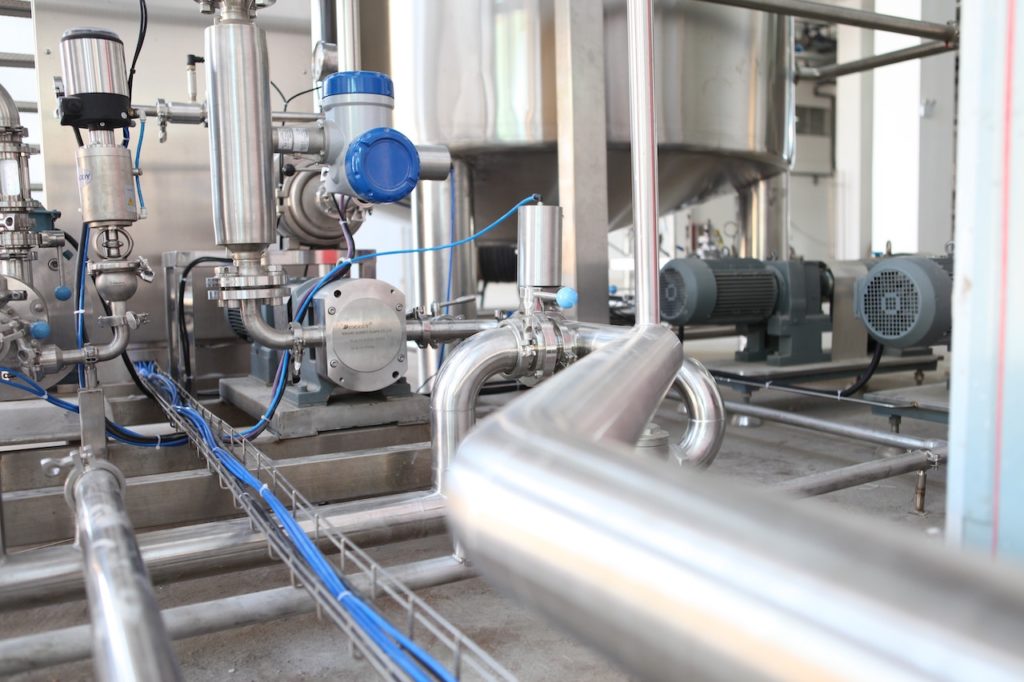“What is the Advanced Physical Layer / APL?”
… is a question getting a lot of attention.
As of today you cannot land a standard PROFINET cable directly on an instrument that is located in a hazardous environment, where a spark might cause an explosion. (Well, technically, you can do it once. Just once… Kaboom!) This is not a limitation of PROFINET but of its physical layer: standard Ethernet. For connections such as these, we have tried-and-true PROFIBUS PA connectivity via Proxies.
However, there remains a desire to bring Ethernet to field devices in intrinsically safe zones. Enter: Advanced Physical Layer (APL). APL is designed to meet the needs of the process control industry with:
- Both communication and power are sent over the same cable
- Current and voltage on the wires are limited for intrinsic safety
- Two wires are used, instead of Ethernet’s traditional four wire cabling
- Segments can exceed standard Ethernet’s 100-meter limit
But APL only changes the physical layer –Layer 1 of the 7-layer ISO/OSI Model. All other layers (e.g. TCP/IP or UDP/IP) remain untouched –including Layer 7 and the PROFINET protocol. As far as wiring is concerned, the architecture follows the familiar Trunk and Spur model with intrinsic safety calculations/verification similar to FISCO. Furthermore, the plan is that APL will be able to use existing PROFIBUS PA wiring already installed today. Currently, APL is not available. But work is proceeding quickly on this exciting technology.
Learn more at the APL section of our Industry Foursight page.
Want to enjoy this blog post in animated format? Watch here:

